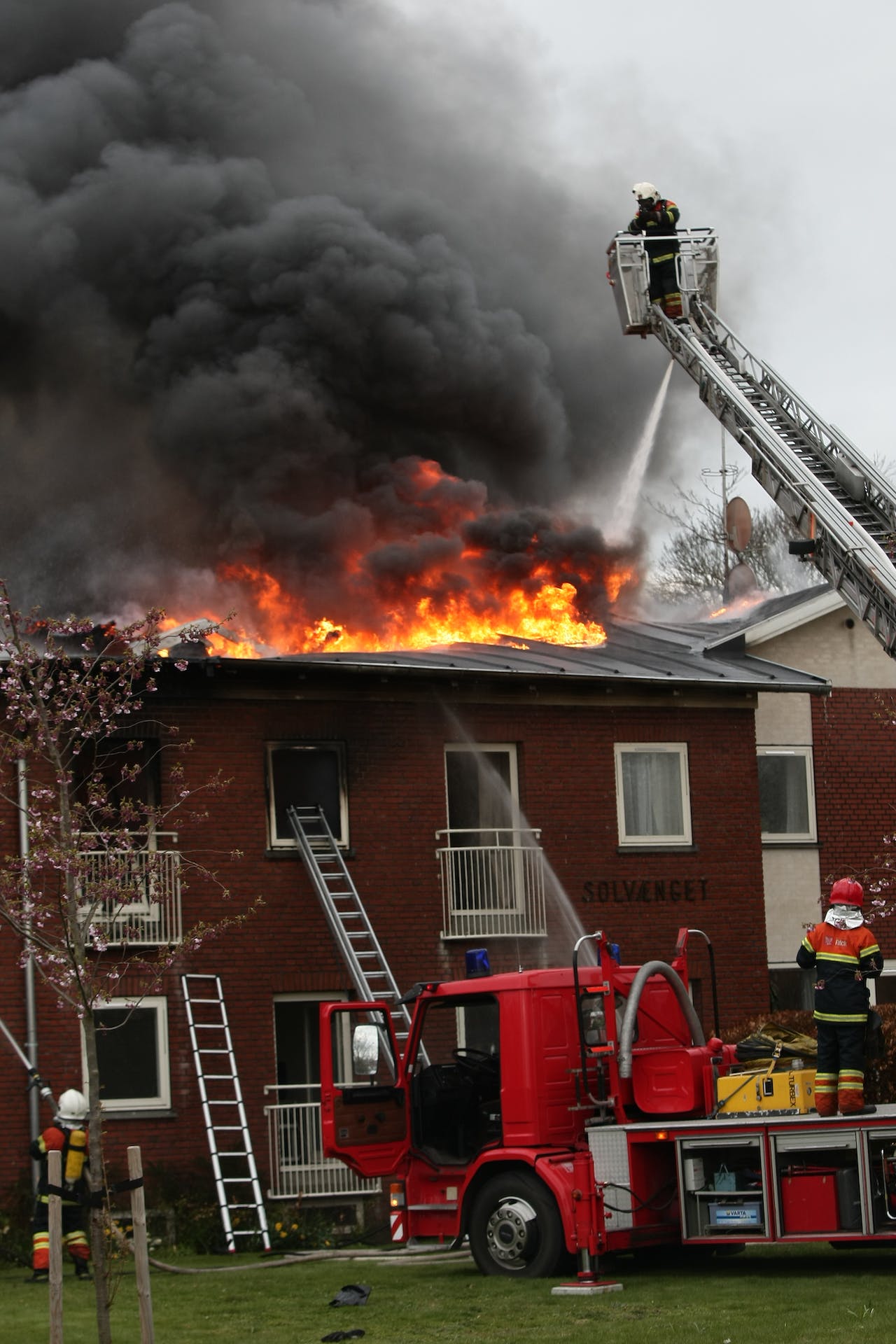We’ve got you covered when choosing the perfect fire-resistant roofing material.
In this article, our professional roofers will walk you through the key factors, such as fire ratings, material performance in fire tests, durability, maintenance requirements, and cost considerations.
By the end, you’ll be equipped with the knowledge you need to make an informed decision that will keep your home safe and secure.
Let’s dive in!
Assessing Fire Ratings and Classifications
When assessing fire ratings and classifications for roofing materials, we need to consider the specific level of fire resistance required for our particular needs.
Effective ventilation is essential for fire safety, as it hinders the accumulation of heat and smoke, mitigating the rapid spread of fires.
Adequate ventilation allows for the escape of toxic gases and helps maintain a cooler temperature during a fire.
Additionally, the impact of climate on fire resistance is significant. Hot and dry climates increase the risk of wildfires, necessitating roofing materials with a higher fire rating.
On the other hand, areas prone to heavy rainfall may require materials resistant to water damage, as excessive moisture can weaken the roof’s fire resistance.
When choosing suitable roofing materials, it is crucial to take these factors into account to guarantee optimal fire protection.
Understanding Material Performance in Fire Tests
To understand how roofing materials perform in fire tests, we assess their ability to withstand different heat and flame exposure levels.
This evaluation helps us determine the fire resistance of various roofing options and make informed decisions about fire safety measures for buildings.
Roofing materials are subjected to intense heat and flame during fire tests to simulate actual fire conditions. The performance of these materials is measured based on criteria such as flame spread, heat release, and smoke production.
Fire-resistant roofing options are designed to have low flame spread and heat release rates and minimal smoke production. Materials that meet these criteria are considered more effective in preventing the spread of fire and protecting the building and the structure of the roof.
By understanding material performance in fire tests, we can choose the right fire-resistant roofing material to enhance fire safety measures.
Considering Roofing Material Durability and Longevity
We prioritize the durability and longevity of roofing materials when selecting the right fire-resistant option.
Roofing material sustainability is a crucial factor to consider, as it determines the material’s ability to withstand various weather conditions over an extended period.
The durability and lifespan of materials differ based on their composition and construction. As an illustration, metal roofs are renowned for their outstanding durability and can endure for 50 years or longer with appropriate upkeep.
Conversely, asphalt shingles typically have a shorter lifespan, ranging from approximately 20 to 30 years.
Selecting a roofing material capable of withstanding adverse weather conditions, including high winds, heavy rainfall, and extreme temperatures, is vital for ensuring prolonged protection and minimizing the necessity for frequent repairs or replacements.
Evaluating Maintenance and Installation Requirements
Now, let’s evaluate maintenance and installation requirements for fire-resistant roofing materials.
When assessing environmental impact, it is essential to consider the materials used in the roofing system. Some fire-resistant materials, such as metal or clay tiles, are known to have a longer lifespan and require less maintenance than others.
It is also crucial to compare aesthetic options when selecting a fire-resistant roofing material.
Different materials offer various styles, colors, and textures that can complement the overall design of the building.
Additionally, understanding the installation requirements is essential to ensure proper installation and maximize the fire-resistant capabilities of the roofing system.
Consulting with professionals and following manufacturer guidelines is recommended to ensure a successful installation process.
By carefully evaluating maintenance and installation requirements, you can make an informed decision and choose the suitable fire-resistant roofing material.
Weighing Cost and Budget Considerations
Cost and budget considerations are crucial in the decision-making process when considering fire-resistant roofing materials.
It is essential to weigh the costs of fire-resistant roofing options and compare them to determine the most suitable choice for your budget.
While fire-resistant materials may initially have a higher upfront cost than traditional roofing materials, they can provide long-term cost savings through their durability and resistance to fire damage.
Some fire-resistant roofing materials may also qualify for insurance discounts, further offsetting the initial investment. It is also essential to consider the materials’ lifespan and maintenance requirements, as these factors can affect the overall cost over time.
By comparing fire-resistant materials and their associated costs, you can make an informed decision that balances your budget with the fire protection needs.
